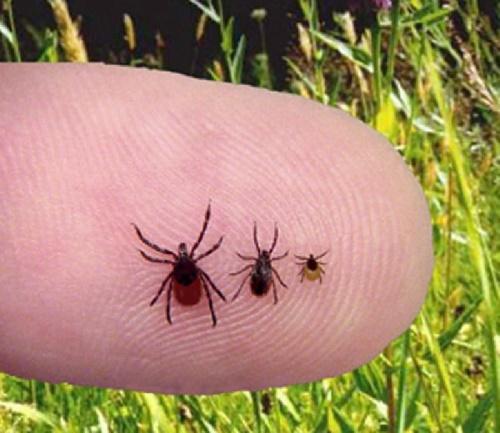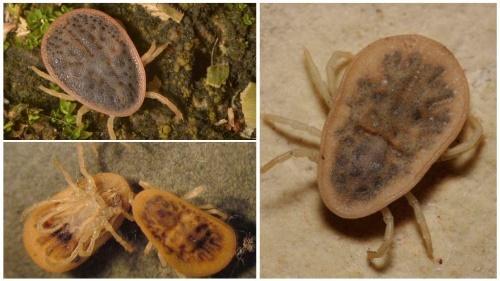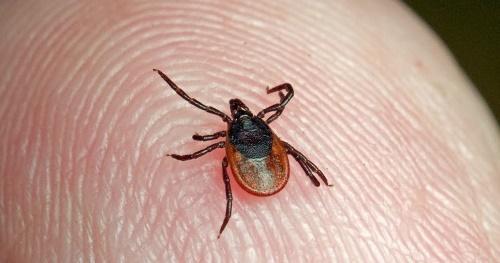What ticks look like and which are the most dangerous for humans
 In spring, active life begins not only in plants. At this time, ticks open the hunting season - small, but very filthy blood-sucking creatures from the order of arachnids. They sit in ambush in the grass, bushes and trees and wait for the moment to get over to the victim's body. And they can wait for a long time, without food for up to 3 years. After biting through the skin, the ticks begin to suck blood, increasing in weight by more than 100 times. It is in this form that they are most often found, because while the parasite is hungry, it is practically invisible. However, the main danger is that during the bite they can infect with serious diseases. Therefore, it is important for everyone to know what ticks look like in order to have time to identify and take action in time, reducing the risk to a minimum.
In spring, active life begins not only in plants. At this time, ticks open the hunting season - small, but very filthy blood-sucking creatures from the order of arachnids. They sit in ambush in the grass, bushes and trees and wait for the moment to get over to the victim's body. And they can wait for a long time, without food for up to 3 years. After biting through the skin, the ticks begin to suck blood, increasing in weight by more than 100 times. It is in this form that they are most often found, because while the parasite is hungry, it is practically invisible. However, the main danger is that during the bite they can infect with serious diseases. Therefore, it is important for everyone to know what ticks look like in order to have time to identify and take action in time, reducing the risk to a minimum.
Ticks do not have eyes, but this does not prevent them from detecting their warm-blooded prey already at a distance of 10 m. They simply "smell" it thanks to a good sensor apparatus.
The most dangerous types of ticks
The species diversity of ticks is striking in its abundance. There are more than 40 thousand of these parasites, but most of them feed on vegetation, choosing arthropods as their place of residence. For humans, two groups (families) of ticks pose a threat:
- argas;
- ixodid.
Representatives of both families are outwardly very similar to each other and can award the same diseases. In addition, certain infections are characteristic of a particular family of parasites. Let's take a closer look at them.
What argas mites look like

Argas mites are dangerous in the form of a strong allergic reaction, as well as Lyme disease and relapsing fever.
The most dangerous for humans and animals are 3 types of argas mites:
- Caucasian (prefers southern regions);
- conch shell (lives in pigeon nests);
- village (lives on animals).
Characteristic features of ixodid ticks
 In contrast to soft-bodied argas mites, ixodid species have a hard carapace-shield. In males, it covers most of the body, leaving the underside, the abdomen, uncovered and leathery. It stretches after "blood drinking". Females, on the contrary, are less protected: their shield covers mainly the head and a little back. The rest of the body is designed to store food, blood, and is highly stretched.
In contrast to soft-bodied argas mites, ixodid species have a hard carapace-shield. In males, it covers most of the body, leaving the underside, the abdomen, uncovered and leathery. It stretches after "blood drinking". Females, on the contrary, are less protected: their shield covers mainly the head and a little back. The rest of the body is designed to store food, blood, and is highly stretched.
The color of the ticks also differs: in hungry females it is brown, and in satiated females it is light gray. Whereas males are brown-red at first, and after saturation they darken even more.The fattened male increases by only 1 mm (versus 3 mm in a hungry individual). But the female grows much larger: up to 1.5 cm.
Ixodid ticks are even more dangerous and can infect with encephalitis, Marseilles fever, tularemia.
The greatest threat to all warm-blooded animals, including humans, is posed by two types of ixodid ticks:
- canine;
- taiga.